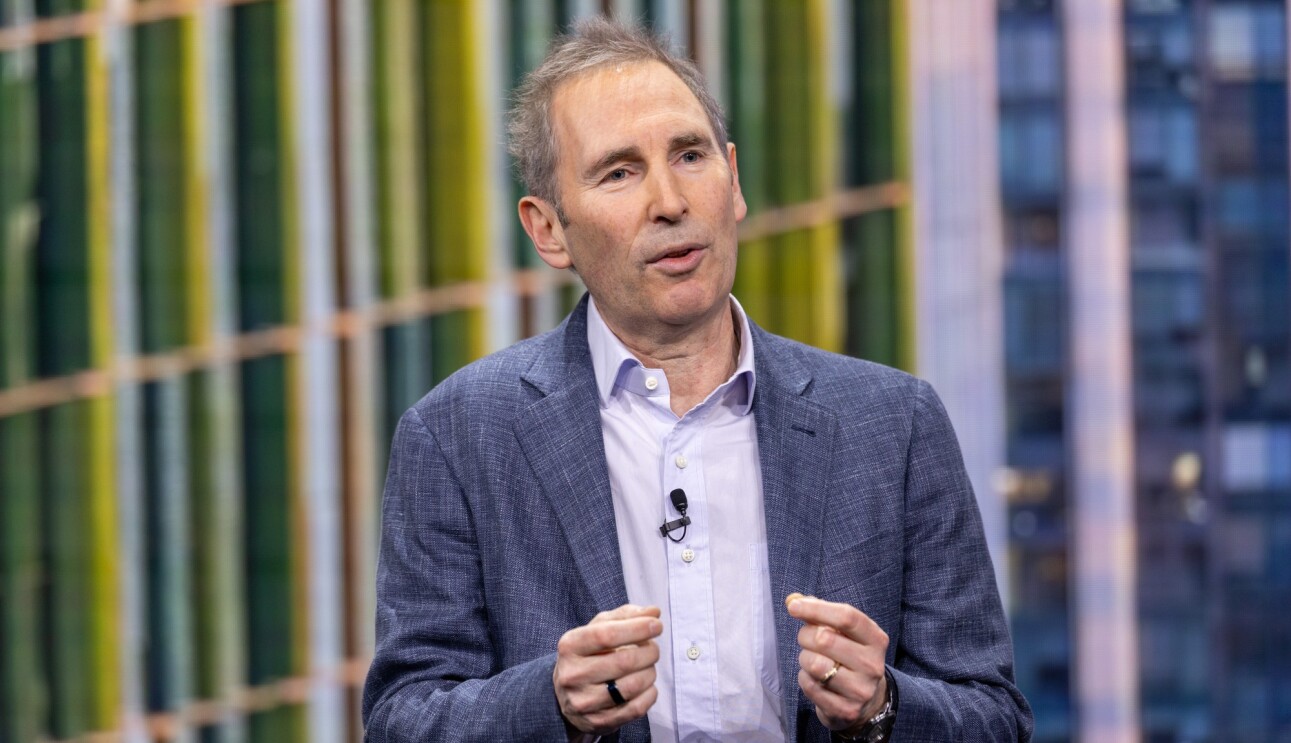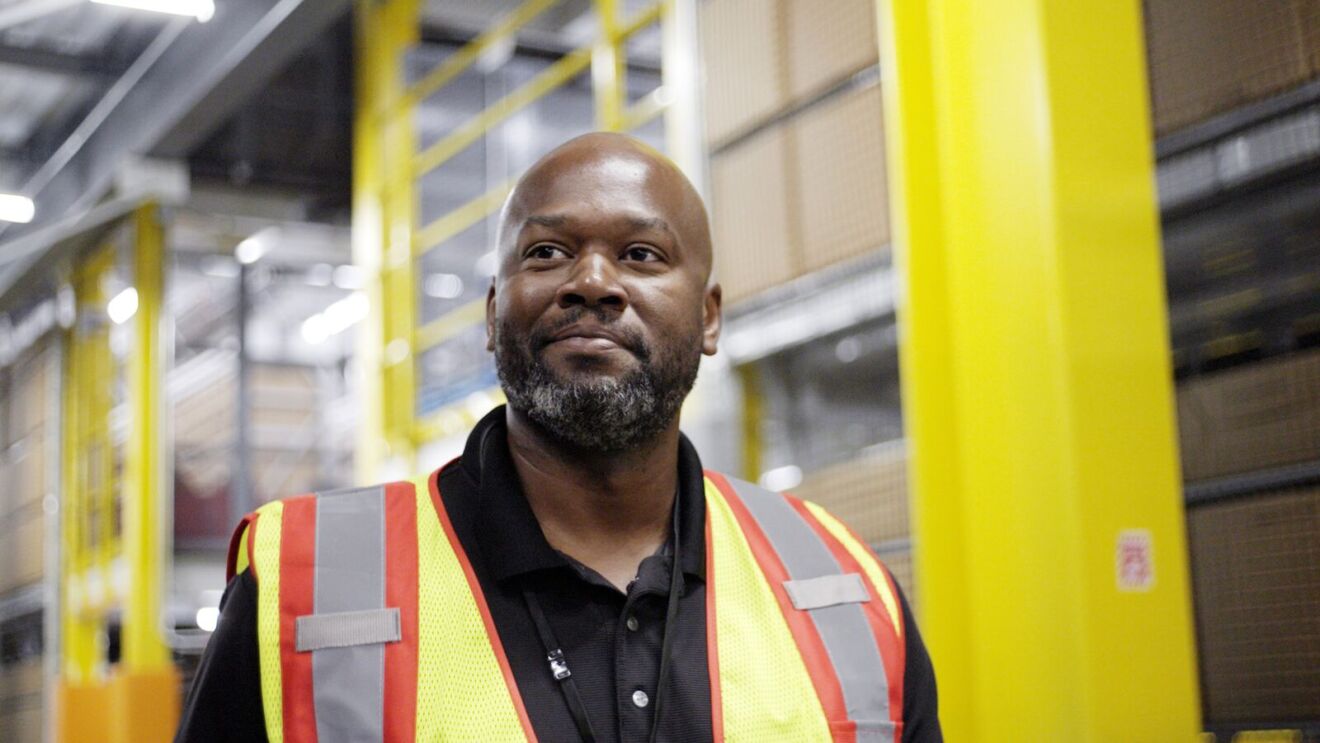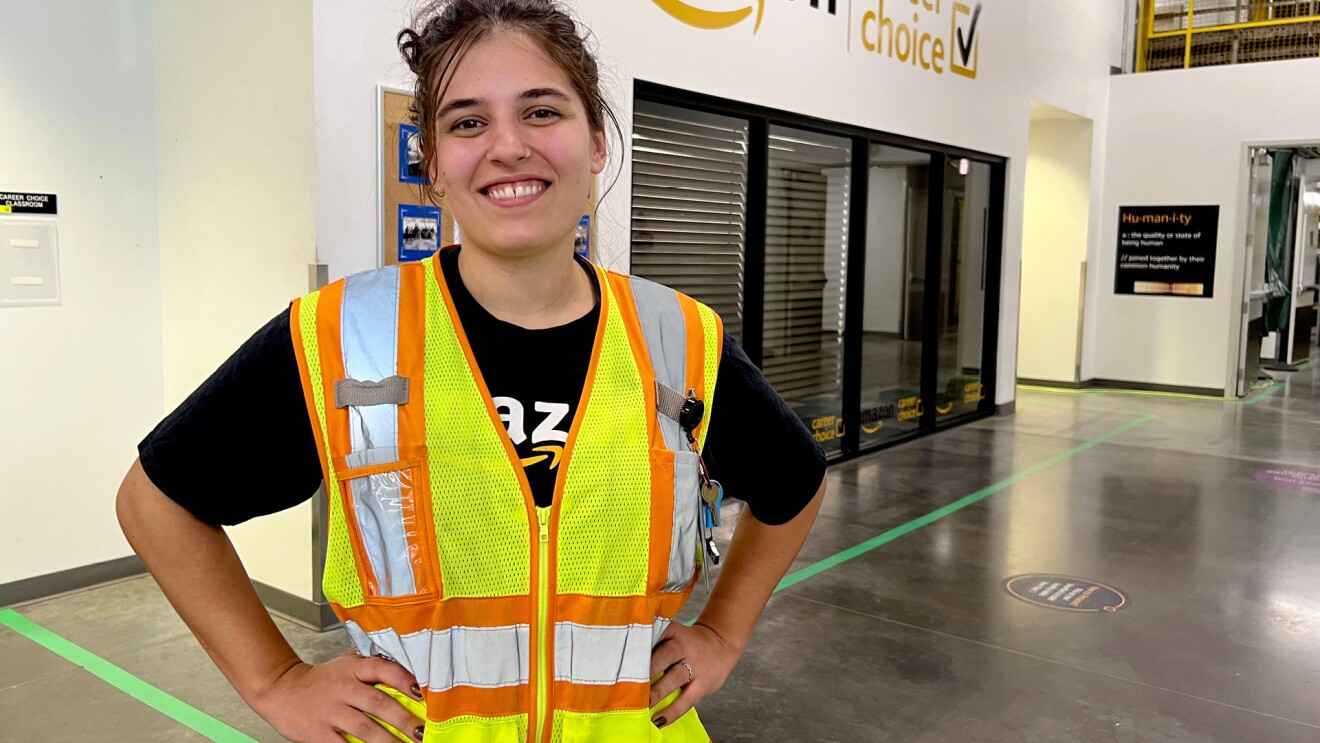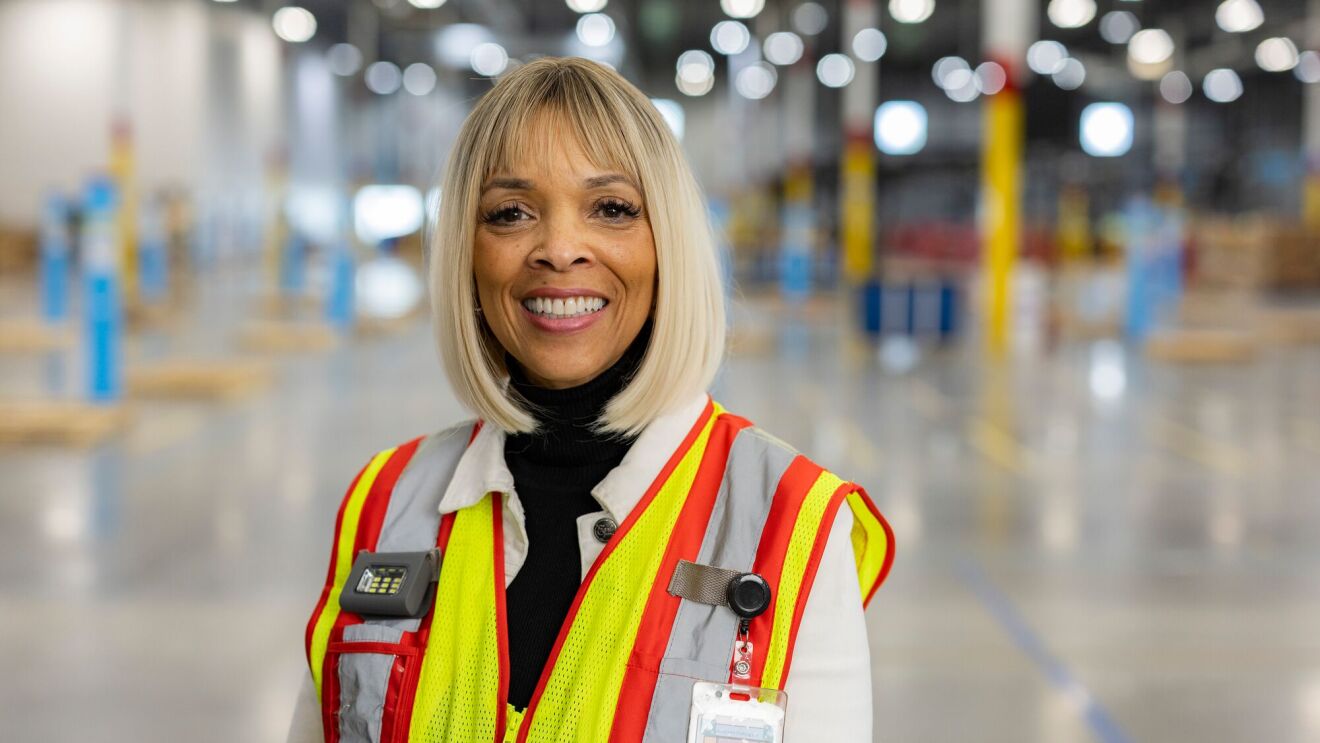If you want to understand the inner workings at Amazon, start with our 16 Leadership Principles. These essential tenets of Amazon’s culture and values have arguably been the most important part of our ability to scale the company over the past few decades.
Some of the Leadership Principles are complementary to one another while others have tension among them—and that’s intentional. In life and in work, there are always nuances.
That’s why, even after 27 years at the company, Amazon CEO Andy Jassy continues to practice and improve how he applies the Leadership Principles. “I’m still working on it,” he says in the Leadership Principles Explained video series, adding that “people change, competitive dynamics change, products change, technology changes. The Leadership Principles are something you have to constantly work at. When they’re applied well, they’re powerful.”
Here, in Jassy’s own words, are eight things that can help you better understand Amazon’s Leadership Principles.
1. ‘Ownership’ is the most attitudinal of all the Leadership Principles and extends beyond your own responsibilities and team.
“Yes, it means when you tell your team, you’ve got something, that you’ve got it and that you don’t have to be reminded constantly of getting it done. But it’s also a way of thinking about the business and the company that’s more holistic and long-term. Great owners are always asking themselves, what would I do if this were my personal money?
Owners ensure that problems have a path to resolution and they drive it themselves as needed. When there's a hard problem, owners don't punt it to somebody else. Owners figure out how to pull a group of people together to find the right solution for customers."
2. ‘Are Right, A Lot’ doesn’t always mean that your own idea is the one that carries the day.
“I often question my most closely held beliefs on a particular topic to see if they’re really right. Is there another way to think about it? Can we do better for customers? The key is to get the right people involved in giving feedback, listen to the different perspectives, and then think about the best possible answer for customers or for the business. It doesn't matter if it was your idea or not. We’re all trying to get to the best possible answer for customers, whoever's idea it is.
When we're thinking about a hard issue, we need to get the right people in a room, the right people to give feedback. It's often why as leaders we speak last in the room—we want everybody's input. In many of the best meetings I'm in, I never even had to express an opinion.”
3. People often get ‘Earn Trust’ wrong.
“They sometimes confuse it with being nice to one another or having social cohesion or not challenging each other in meetings. That’s not what we mean. What we mean is being honest, authentic, straightforward, listening intently but challenging respectfully if you disagree, and then delivering what you said you would.
If you want to earn trust, if you say you've got something, deliver it. If you own something and it's not going well, be self-critical, and fix it.”
4. Debate is essential to ‘Have Backbone; Disagree and Commit.’ But so is knowing when to commit to a decision.
“At Amazon, you are not just empowered to speak up if you think we’re doing something wrong for customers of the business. You’re expected to do so, regardless of level.
The idea for us is to be truth-seeking. We’re not trying to compromise with one another to make each other feel better or to get along. We are trying to get to truth for what matters to customers. That’s what we must make decisions based on.
Then, after whatever debate we have and we make a decision, we have to, as a group, wholly commit to that decision. Even if you were on the other side of what was ultimately pursued, we need to focus all our energy rowing the same way.”
5. Amazon expects leaders to be strategic (‘Think Big’) and roll up their sleeves to get into the details (‘Dive Deep’).
“There are so many people who can fill up loads of whiteboards around office rooms with great ideas, but who don't know how to get the details of those ideas right. The reality is that the details of any idea are what matters most. That's what people actually see, and what customers actually see.
Every product and business that I've been a part of or seen at Amazon have been made or broken by how great we were at getting the details right. At our scale, even a 1% impact or half a percent impact is millions of people.”
6. ‘Bias for Action’ is not preordained. It is a leadership and a culture decision.
“You have to think about decisions in a certain way. Most decisions that any organization takes can be characterized as either one-way door or two-way door decisions.
Imagine walking through a door. There are certain doors you can walk through where, if you've made a mistake, you can walk right back and there’s no harm. Those are two-way doors.
Then, there is a smaller number of decisions, where if you walk through that door, it would be very hard to walk back. Those are one-way door decisions.
The overwhelming majority of decisions that we make all the time here at Amazon are two-way door decisions. Those decisions should be made at the team level and you should make them quickly. Think, ‘When I leave this week, will my customers be better off than when I started the week?’”
7. ‘Deliver Results’ means not only launching but also iterating constantly.
“Often, when people get to launch, they take a deep breath and feel like they're done. The reality is that launch or delivery is not the finish line. It's the starting line—it actually gets you to the starting point where you have something that you can actually build and make something meaningful.
You have to see what customers react to. You have to get feedback from customers and you have to iterate. You get seven, eight, nine launches where you're iterating quickly and all of a sudden you wake up and you realize, I have something really meaningful that matters to customers. That's what delivery looks like.”
8. The ability to ‘Learn and Be Curious’ can make the biggest difference between a high-growth and a stagnant career.
“For some people at a certain point, they find it too threatening or too difficult to keep learning. The second you think there's a little left for you to learn is the second that you are unwinding as an individual and as a learning professional.
You have to be ravenous and hungry to find ways to learn. It's not easy to do. You have to think about the idea that you don't know everything and that there's a lot to learn. And even if you spent many months or years learning a certain area, it may flip upside down very quickly. Instead of that feeling threatening and scary, you have to think about that as being part of the fun of what you do.”
Want to learn more? Watch the rest of the Leadership Principles Explained series for Jassy's thoughts on all 16 Amazon Leadership Principles.
Want to listen on the go? Stream the podcast version of this content, now available for free on Audible. Then, read an Amazon Bar Raiser’s perspective on the Leadership Principles.
Trending news and stories










